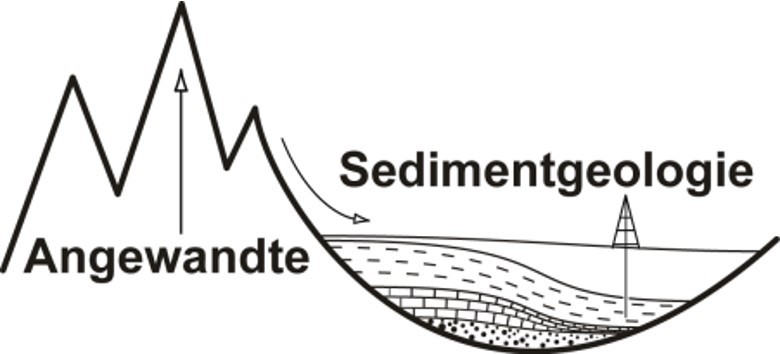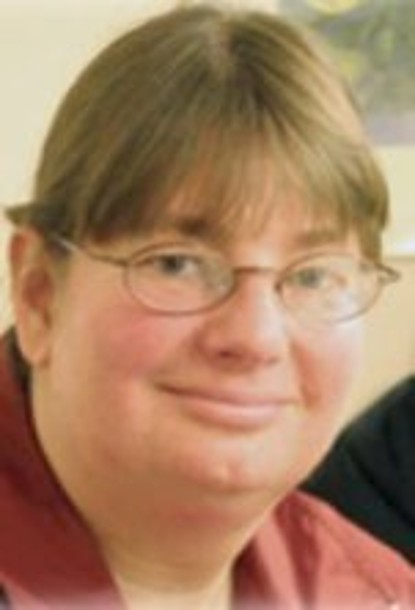The Master's degree in “Applied Geosciences” was introduced at the TU Darmstadt in the 2010/11 winter semester and reaccredited for the 2014/15 winter semester. It is divided into two selectable areas of specialization, “Applied Geology” and “Environmental Geochemistry”. In this course, applied aspects of the geosciences, which have a focus on environmental research, are deepened. Building on a suitable Bachelor's degree, knowledge in the areas of atmospheric aerosols, hydrogeology, environmental geochemistry, engineering geology, geothermal energy and applied mineralogy is imparted.
Covid-19:
Please note that due to the Covid-19 pandemic, curricula, stays, excursions, etc. had to change. Face-to-face teaching is not possible as usual. If you have any questions on this topic, please contact the Student Office.



